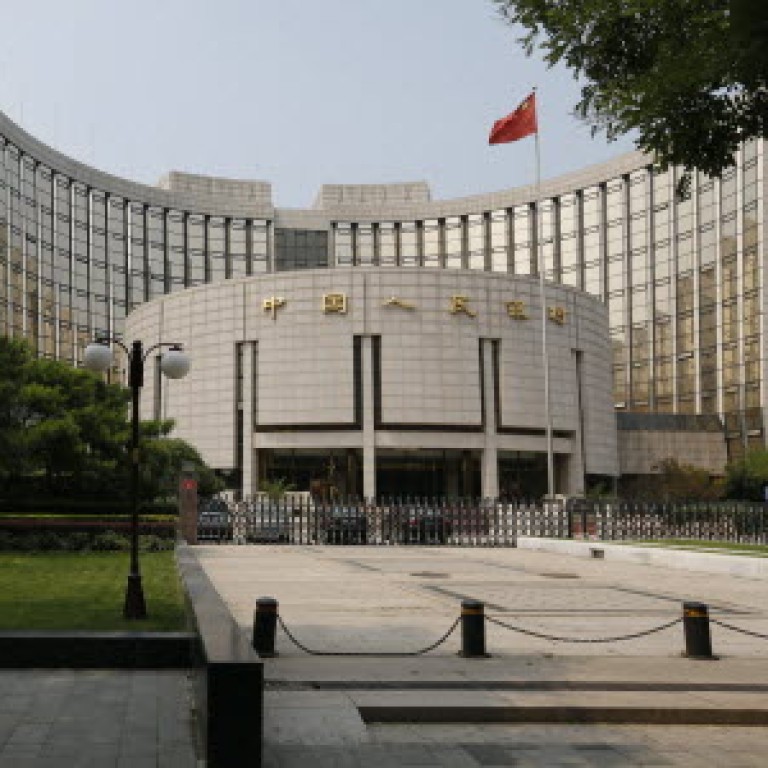
Blame inept regulation for China's stock market crash
Zhang Jun says it's time to overhaul the country's rigid and fragmentary regulatory system as part of overall financial reforms, to improve coordination and better protect investors' interests
The tumult in China's equity market appears to have ended. But considerable uncertainty remains, not only about what caused the plunge in the Shanghai and Shenzhen stock exchanges, but also about what the episode will mean for China's financial-reform efforts.
The stock-market crash has been attributed to many factors. Official media initially attributed the disaster largely to the "malicious" short-selling of Chinese shares by foreign banks and traders. Later, domestic investors also became suspects.
More recently, the discussion has shifted towards a seemingly more credible cause: the proliferation of margin financing since 2010. With retail investors borrowing large amounts to finance share purchases, participation in the stock market surged, effectively turning a sound bull market into a "mad cow".
But while margin financing amplified the risk of volatility, it alone could not cause such a crash. The real culprit is the government, which first fanned the flames of excessive investment, then suddenly tried to cut off the fire's oxygen supply. China's fragmented regulatory system - composed of the People's Bank of China, the China Securities Regulatory Commission (CSRC), the China Banking Regulatory Commission and the China Insurance Regulatory Commission - exacerbated the situation considerably.
The CSRC, together with other regulators, neglected to fulfil their proper mission: to create a robust institutional framework capable of sustaining strong investment
In December, after two years of a "slow bull" market, , the mouthpiece of the Communist Party, announced the arrival of a "reform bull" market that it said would push the Shanghai Composite Index far above 4,000. This convinced practically everyone that a "big bull" market had begun and spurred investors to buy stocks at already-high prices. So, the authorities fuelled a bubble.
The CSRC was pursuing an excessively narrow objective, focusing only on getting the bull market going by delivering policies and speeches aimed at boosting investor confidence and spurring participation. After this crisis, it became clear that this incentive was both toxic and precarious. The CSRC, together with other regulators, neglected to fulfil their proper mission: to create a robust institutional framework capable of sustaining strong investment.
As the A-market headed towards 5,000, regulators finally realised that the risk of a sharp correction was rising, too. But instead of working incrementally to create strong, targeted regulations, they performed an abrupt about-face, warning investors about risky bubbles and declaring war on margin finance.
The index plummeted, and the CSRC fell into chaos. Beyond issuing a flurry of administrative orders, it did little to interact with investors and the market, It was only when the rout was in full swing that the central bank recognised what was happening, and declared that it would step in to capitalise the market.
The conclusion is clear: the current regulatory system, with its clear and rigid division of responsibility among its constituent bodies, is out of sync with China's rapidly growing, and increasingly integrated, capital markets. It is time for China's leaders to recognise that its regulatory framework is no longer tenable, and pursue a major regulatory restructuring.
One option would be to create a single super-regulator, like the Financial Supervisory Committee that was established in South Korea in the 1990s. But even without such a body, cooperation among ministries is vital.
To protect the interests of investors better, cooperation among its financial regulators is a must, and as it pursues far-reaching financial-sector reform, now is the time to do so.

